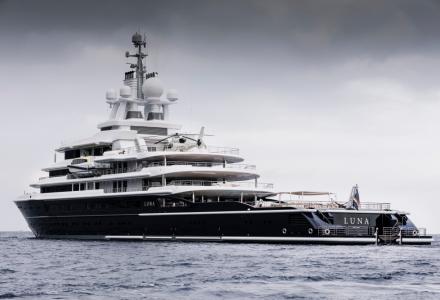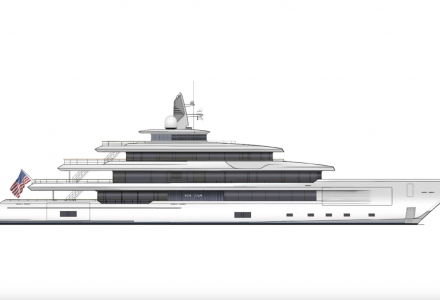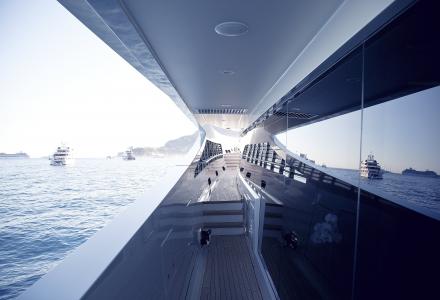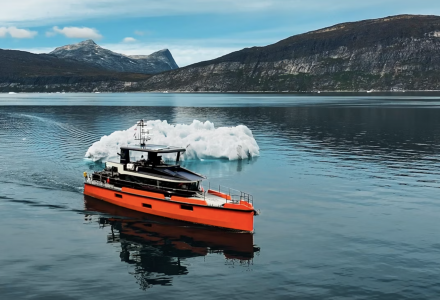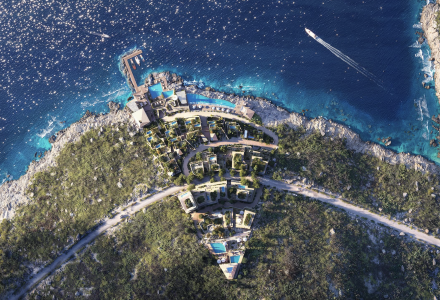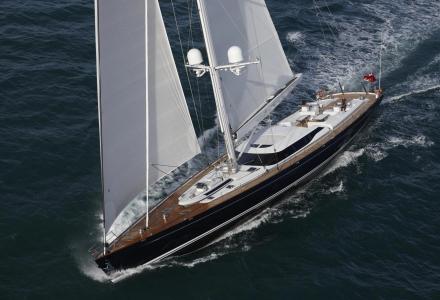Recent quarters have seen the concept of explorer yachts trickling down to a set of smaller yachts. Initially, however, explorers come from the megayacht world and the 115-meter Luna has become almost eponymous with what an explorer yacht should be.
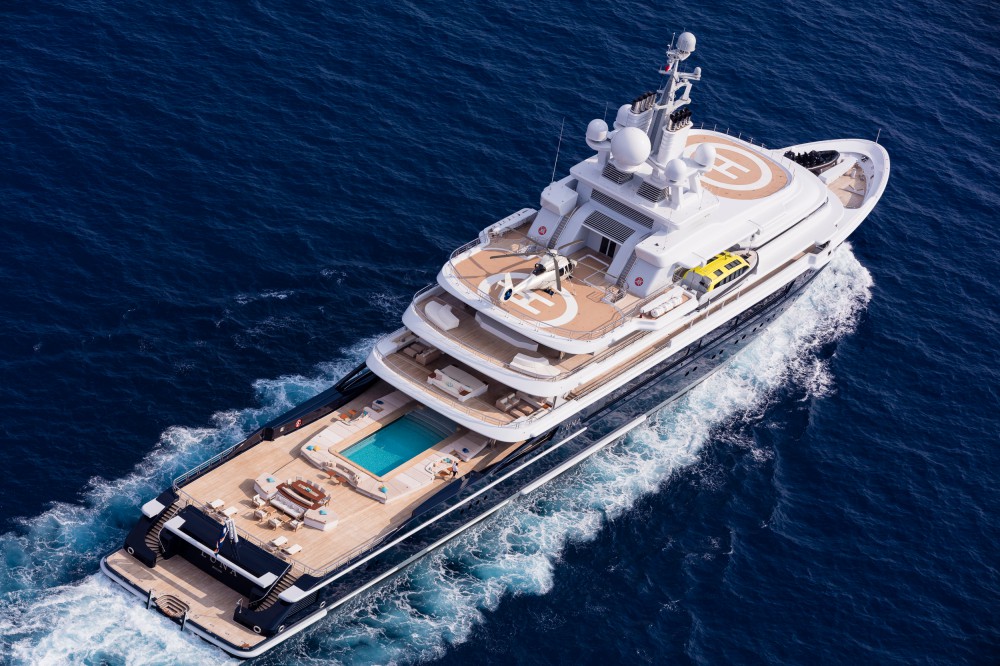
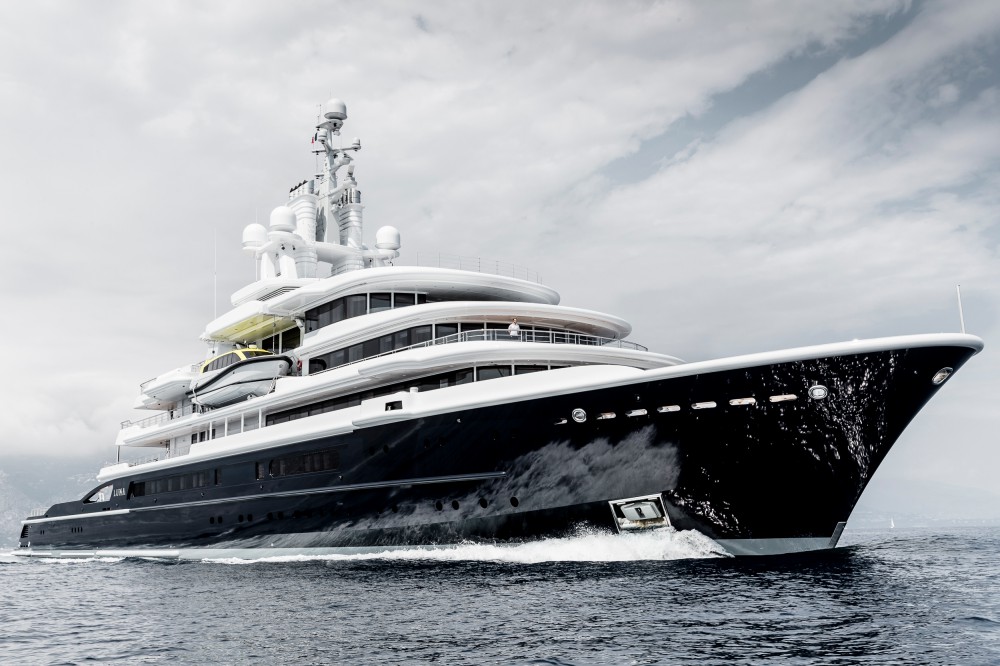
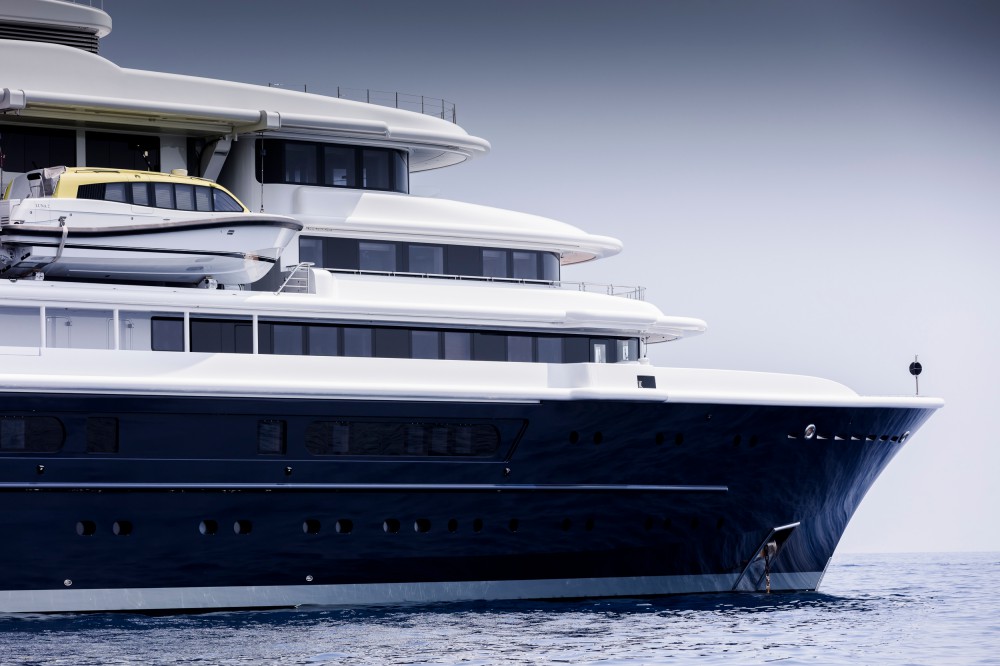
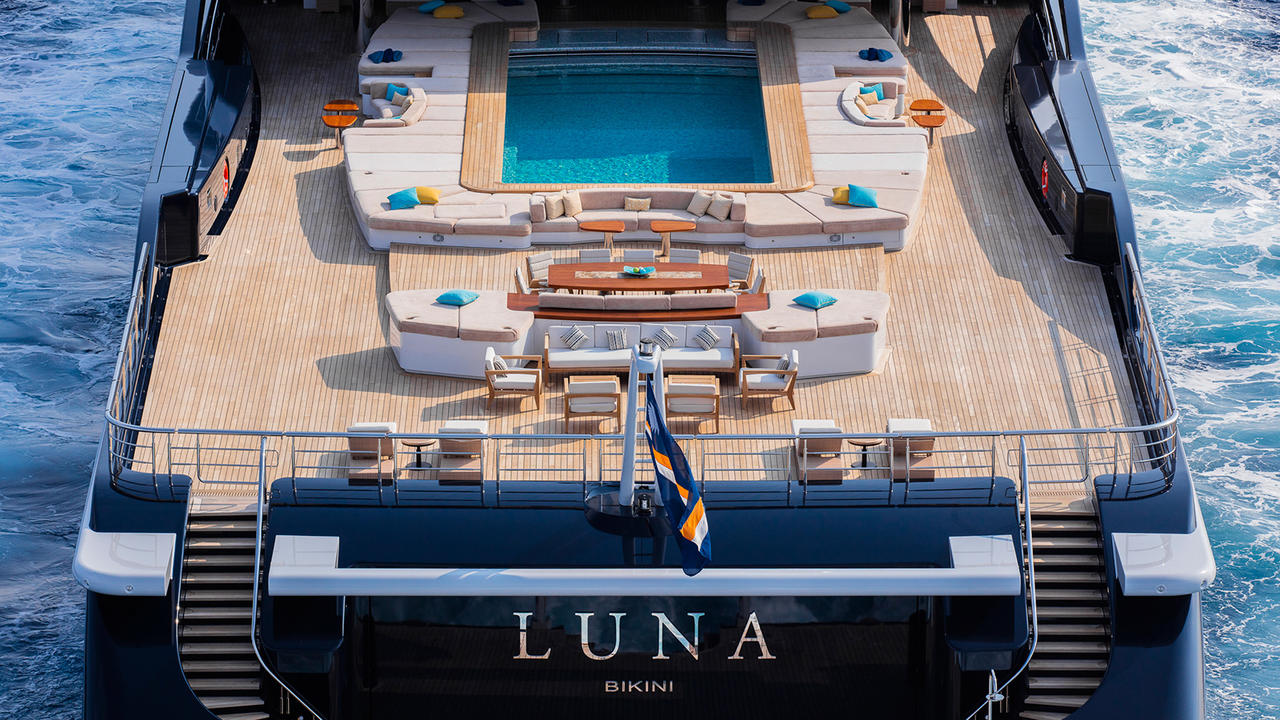
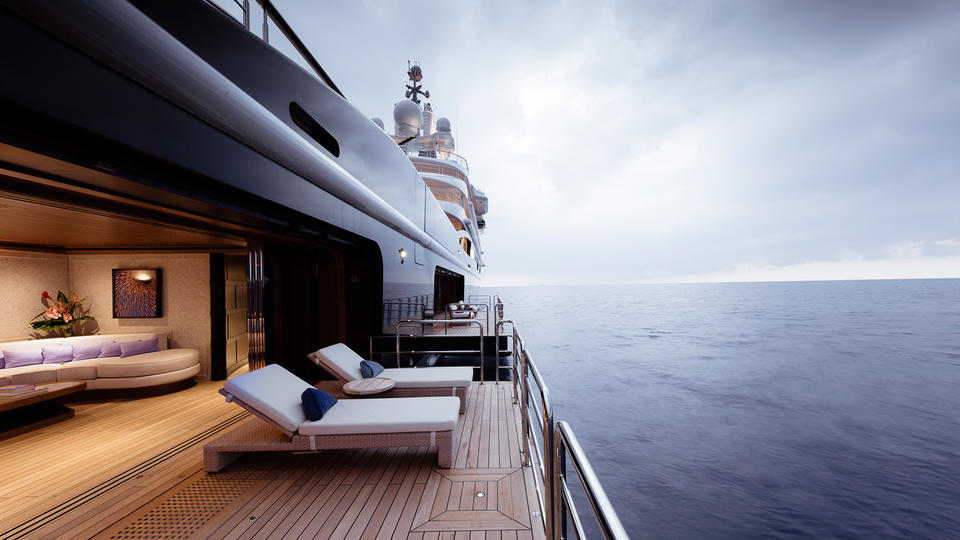
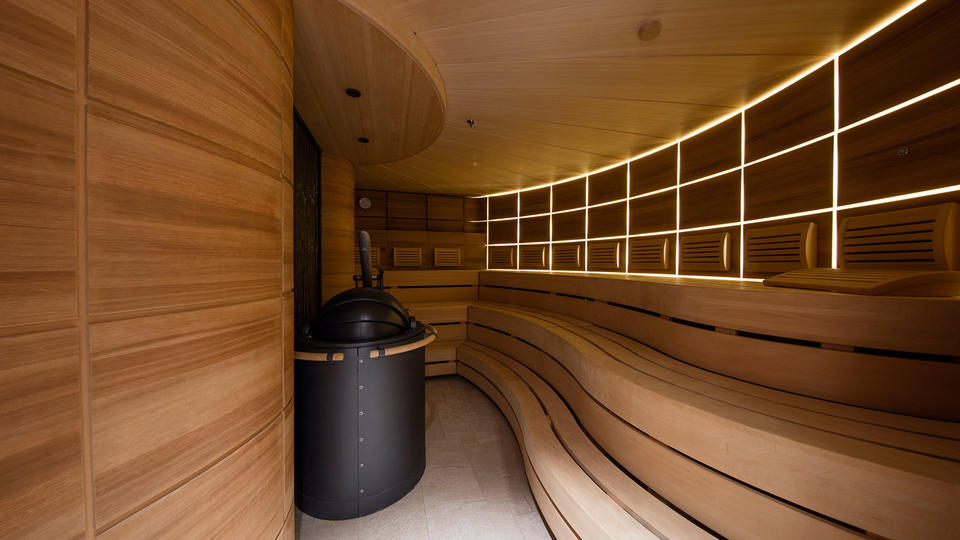
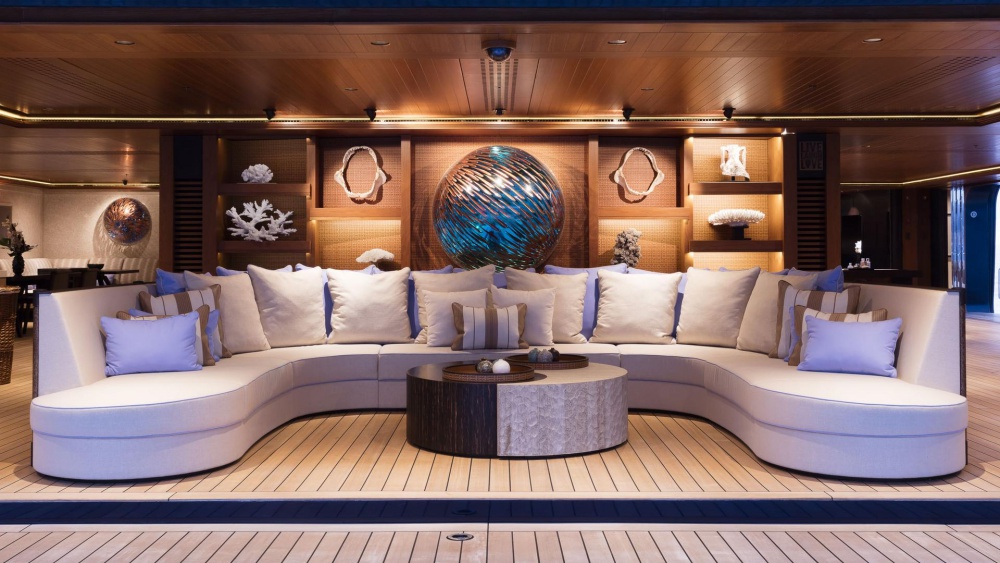
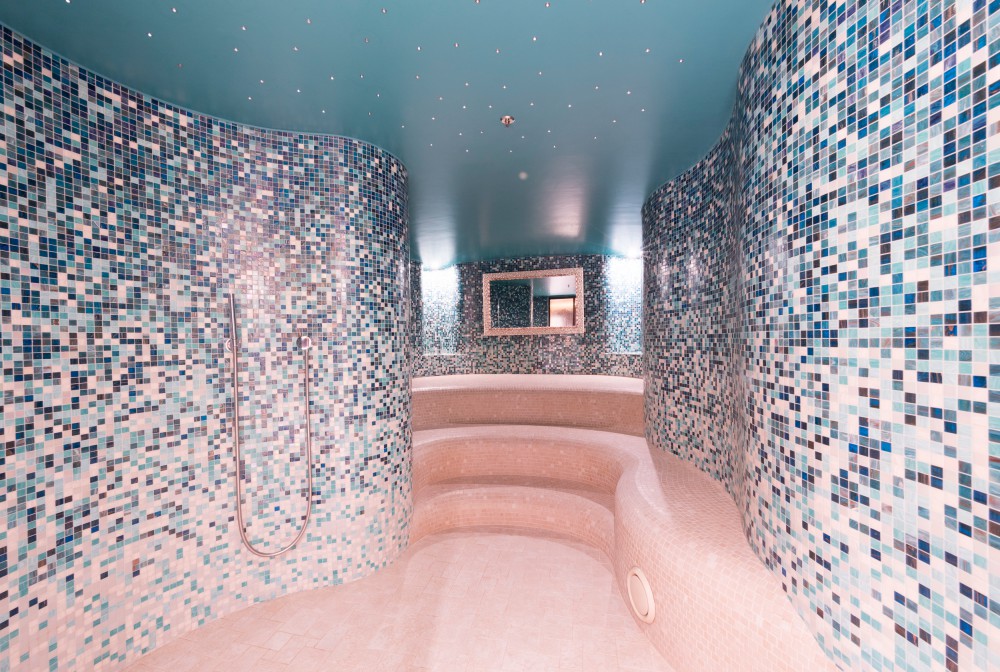
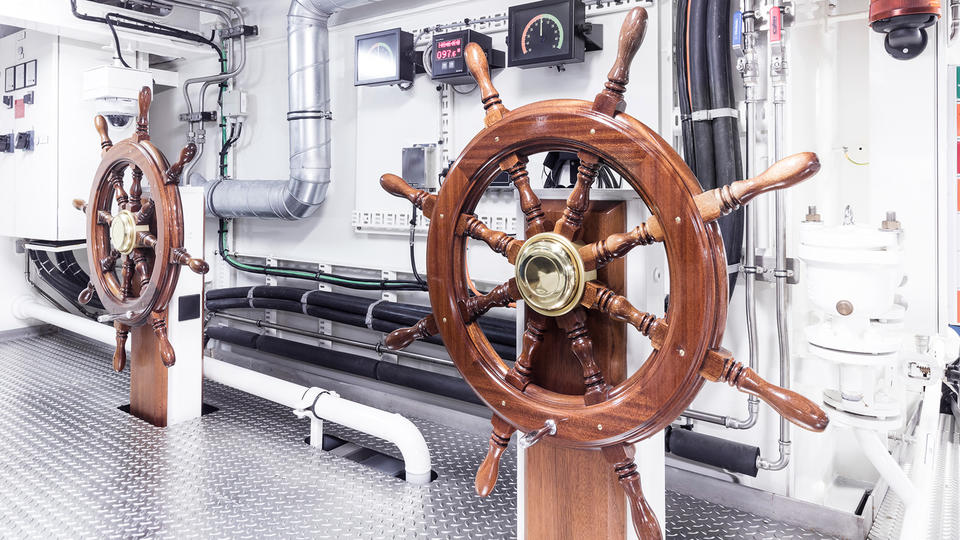
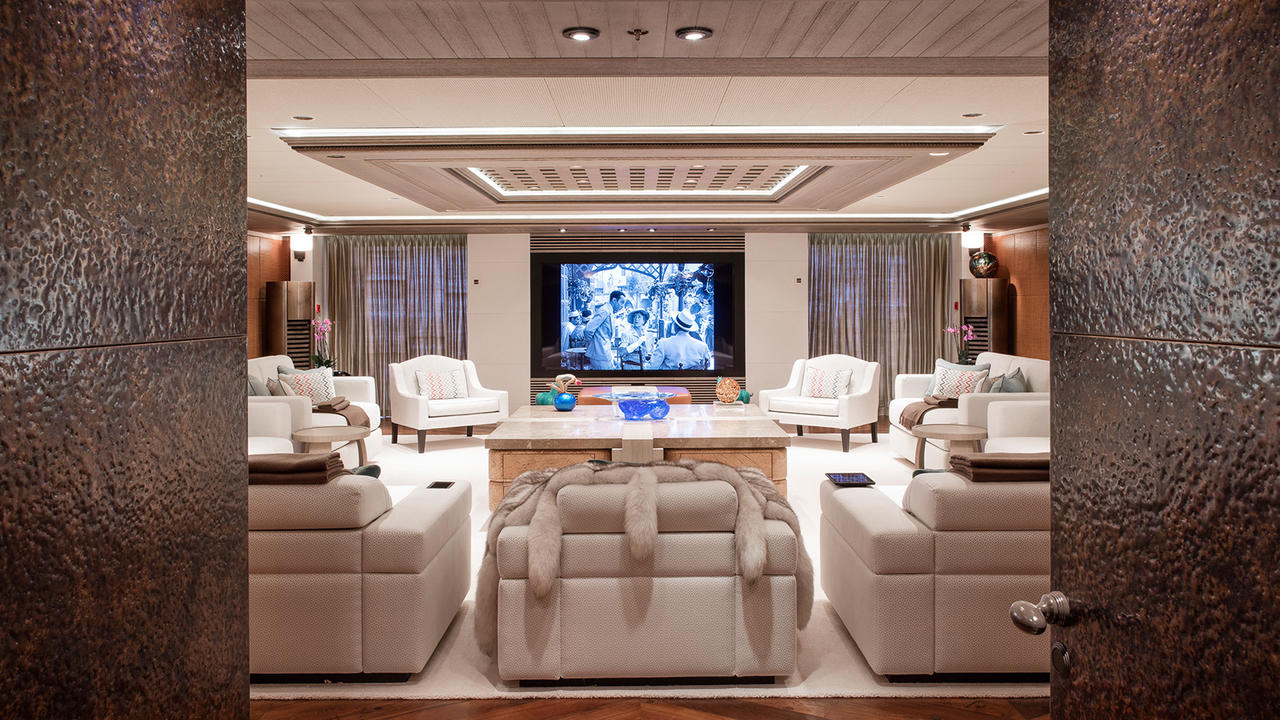
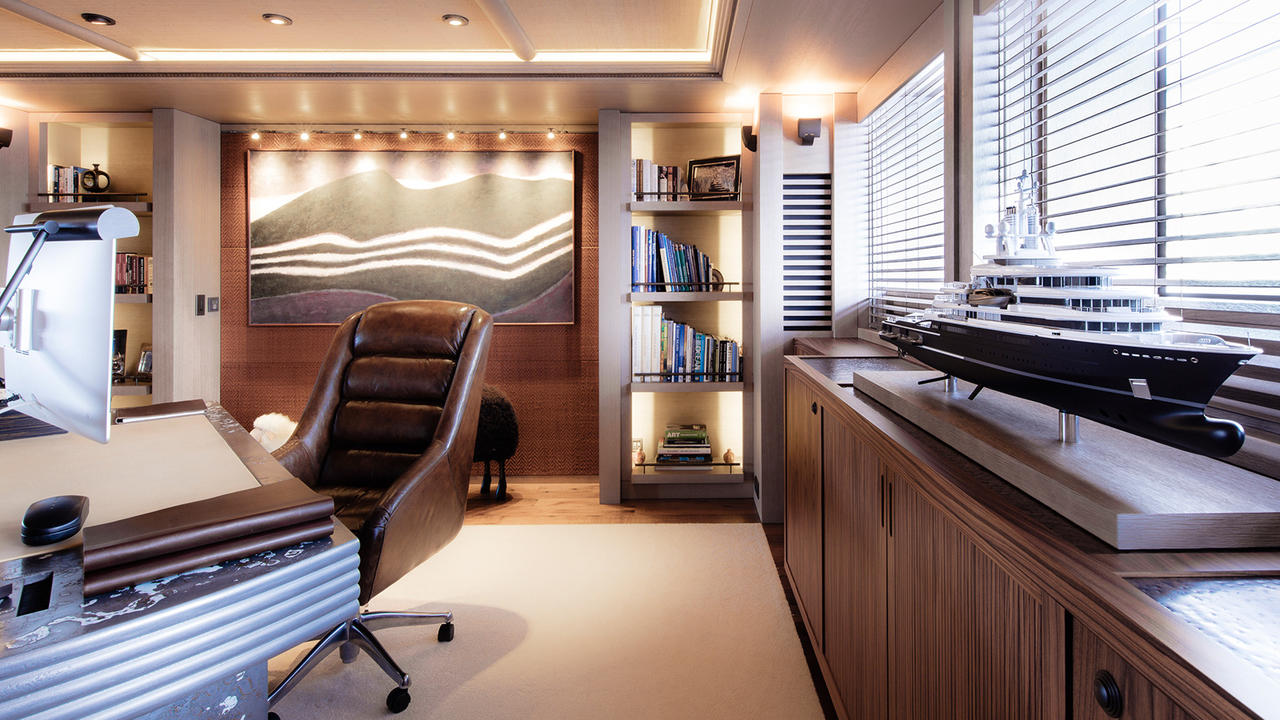
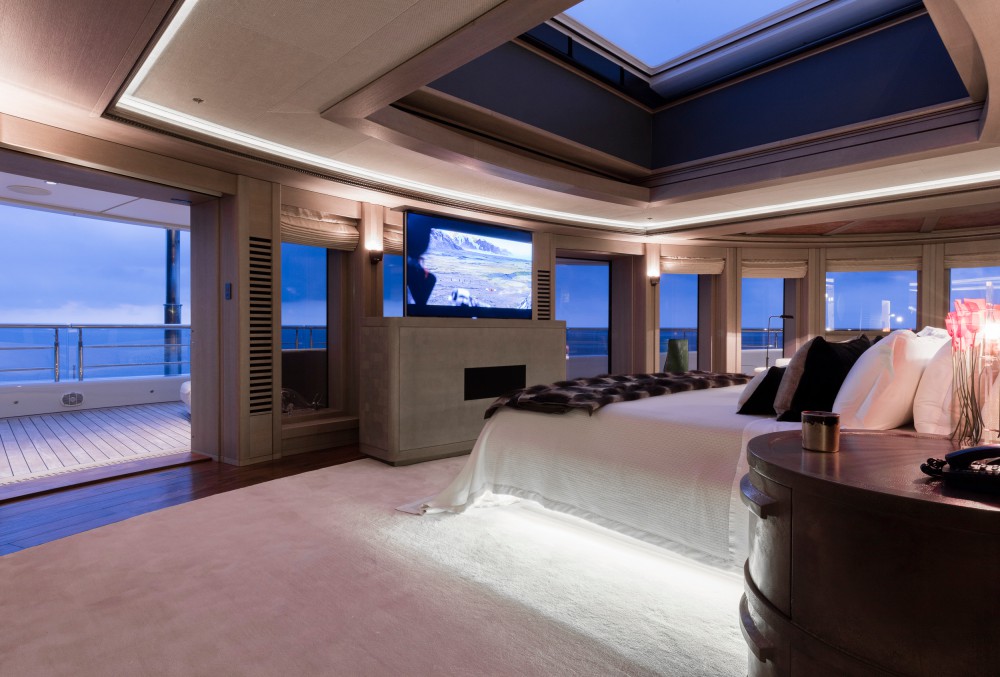
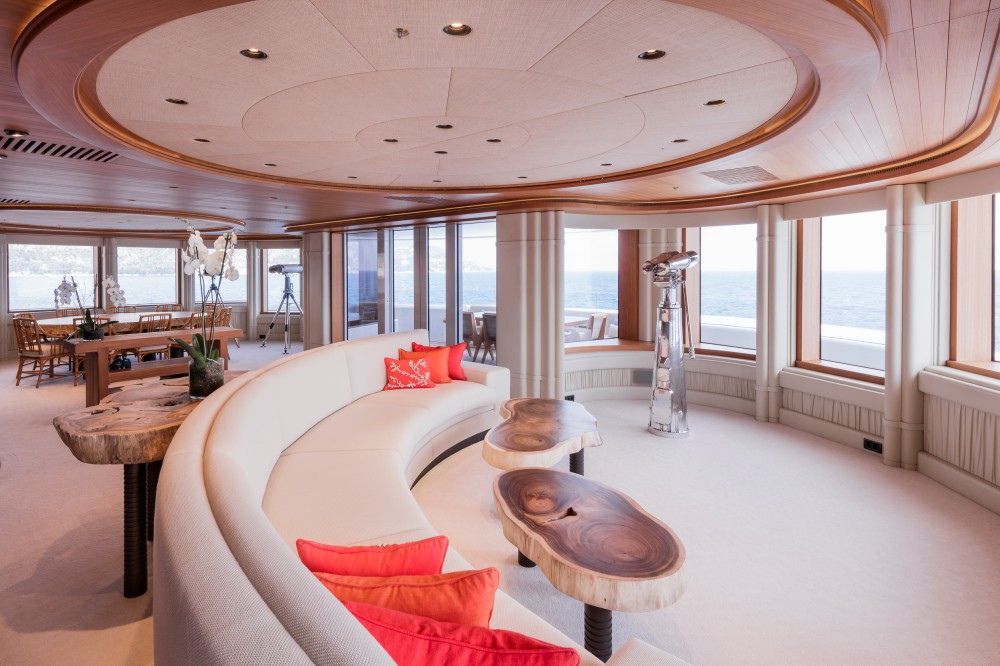
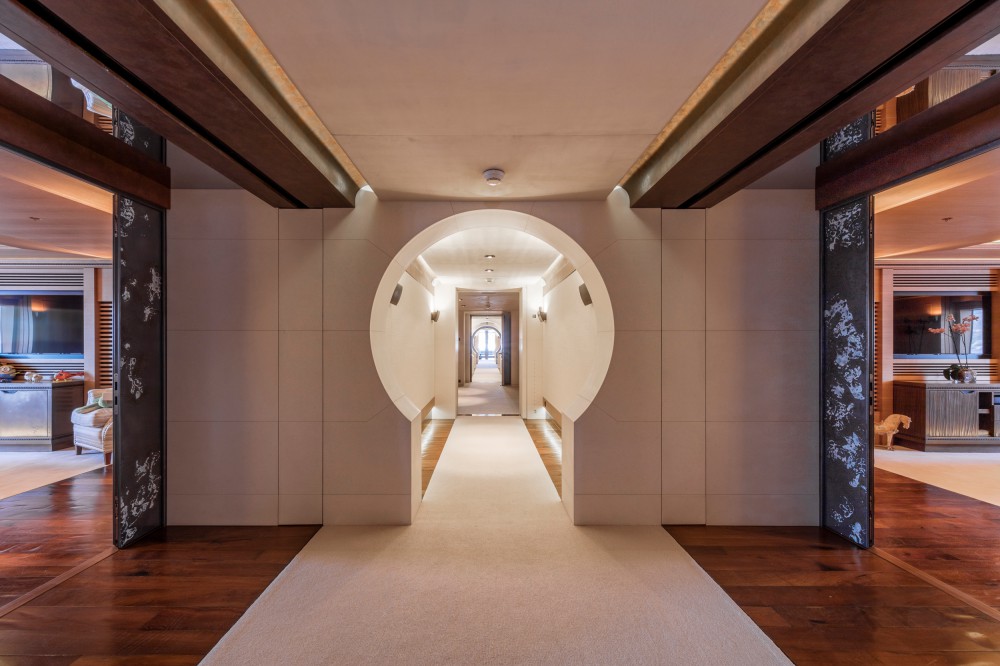
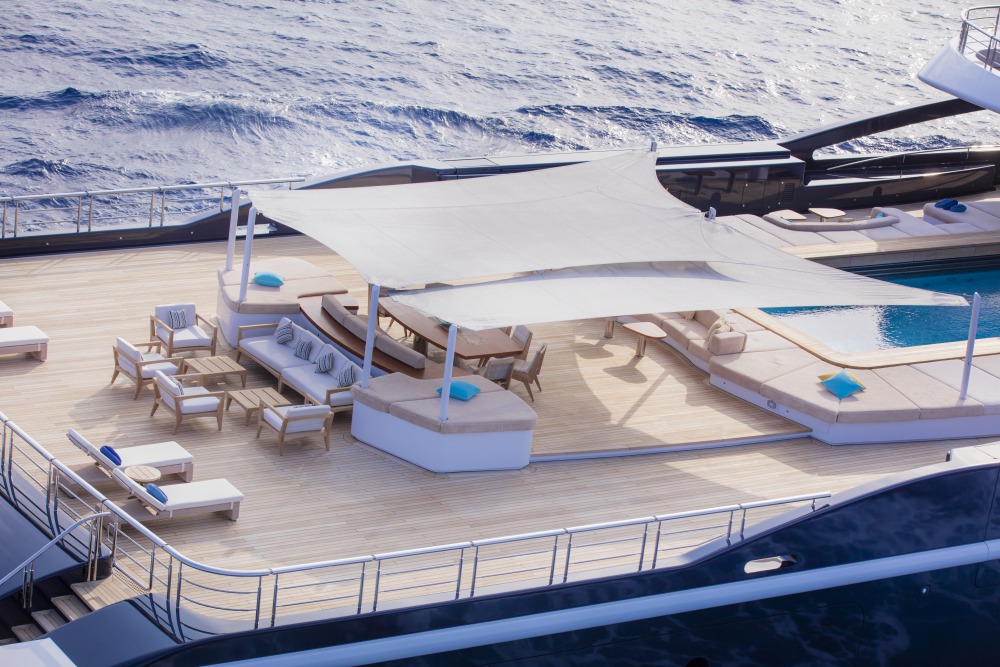
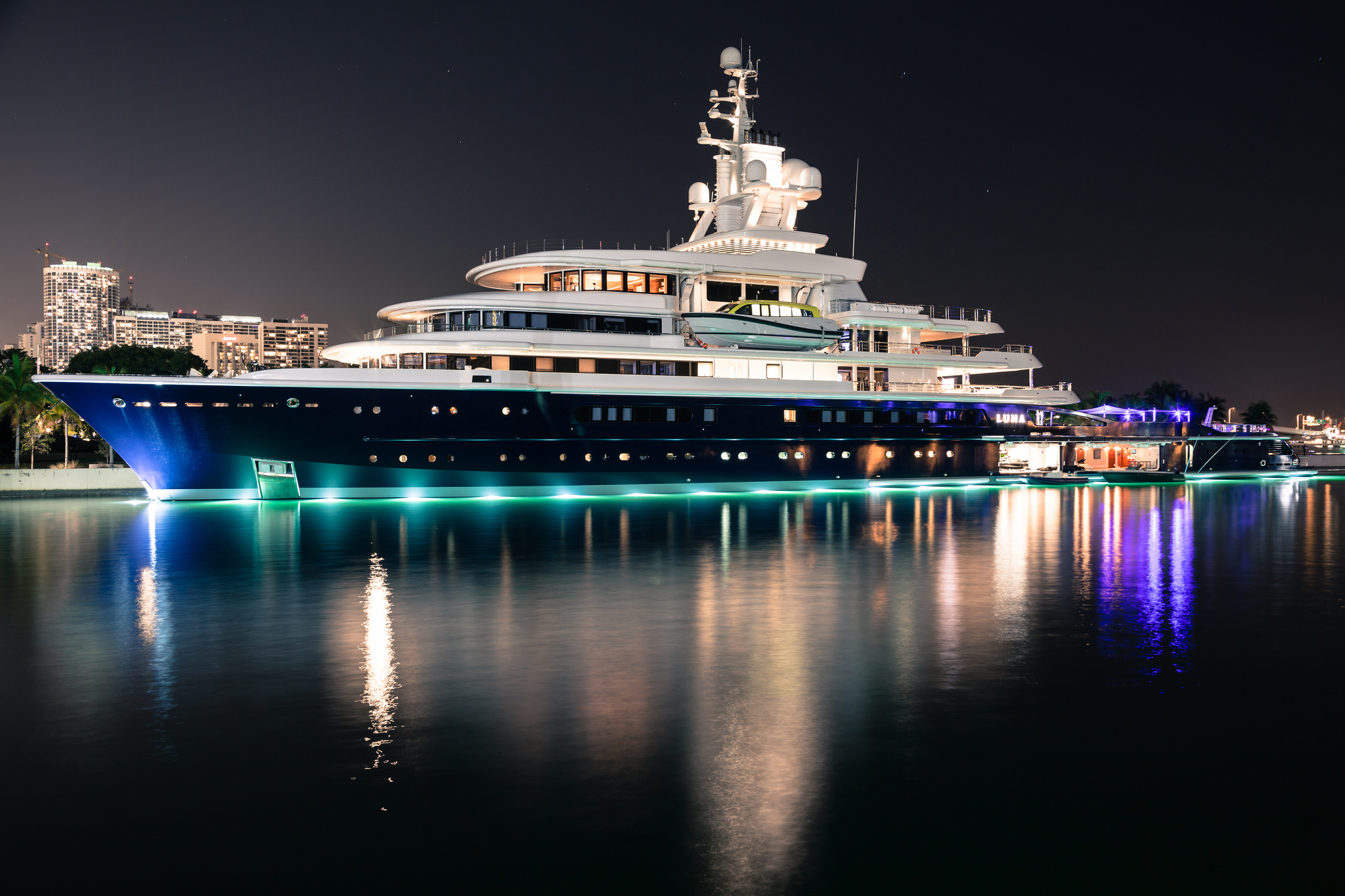
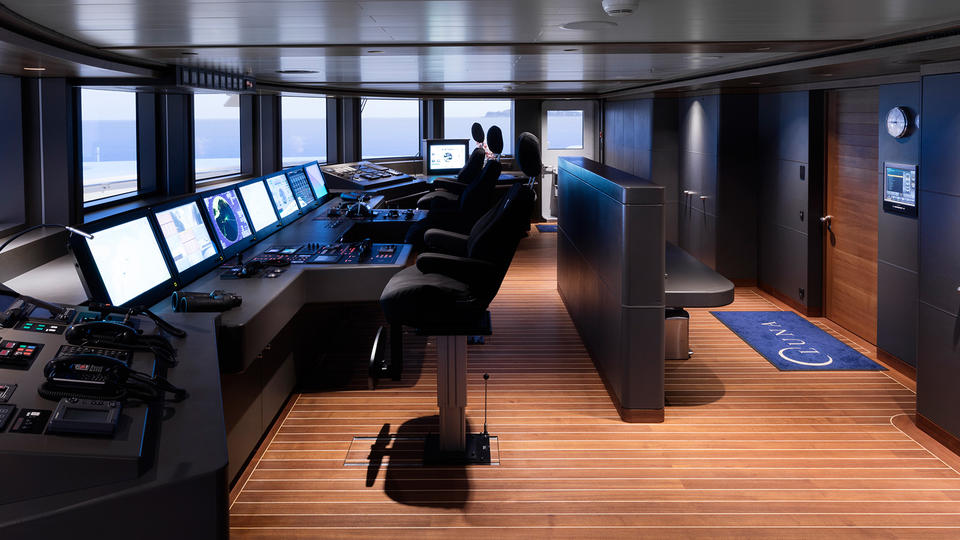
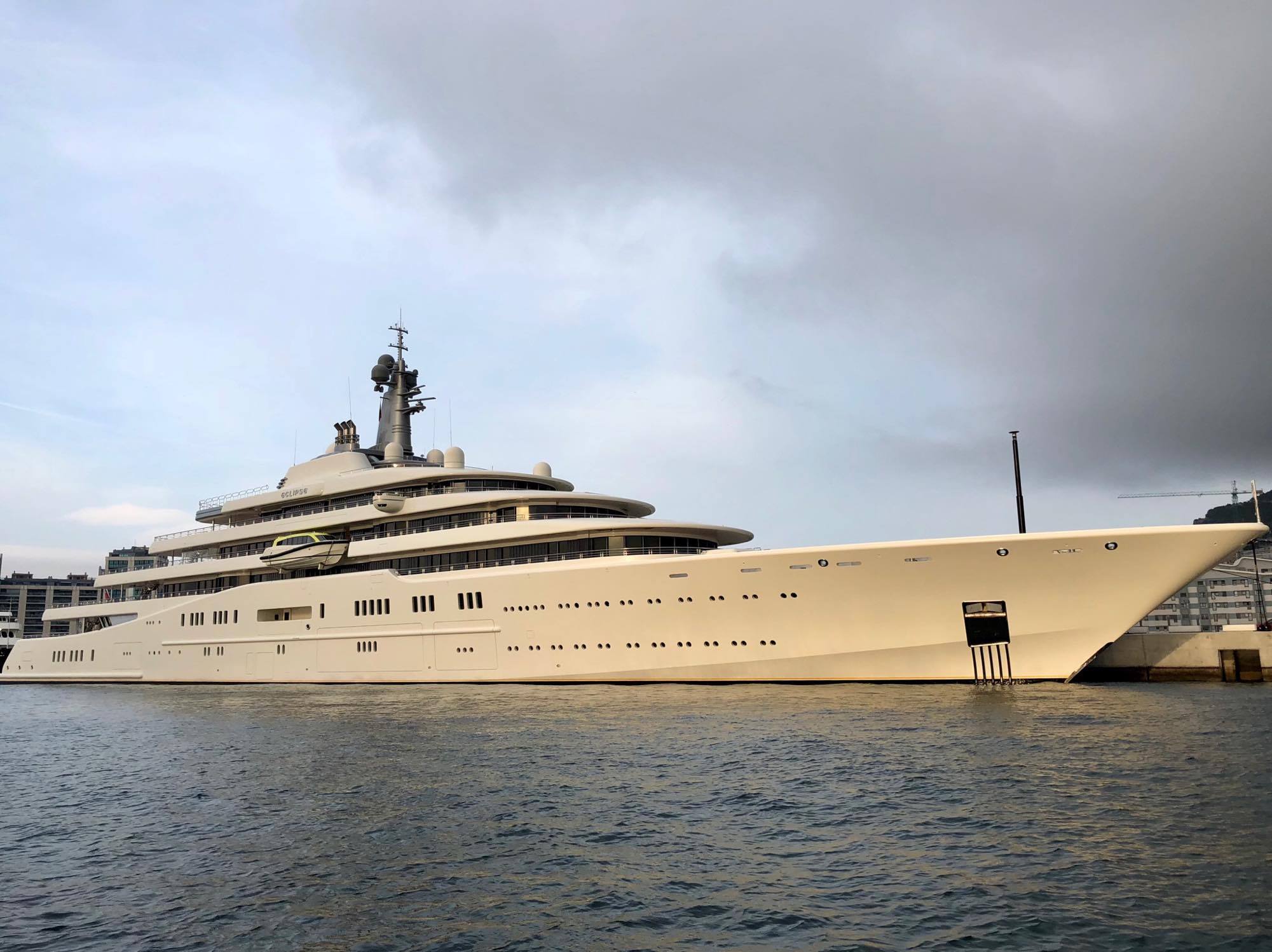
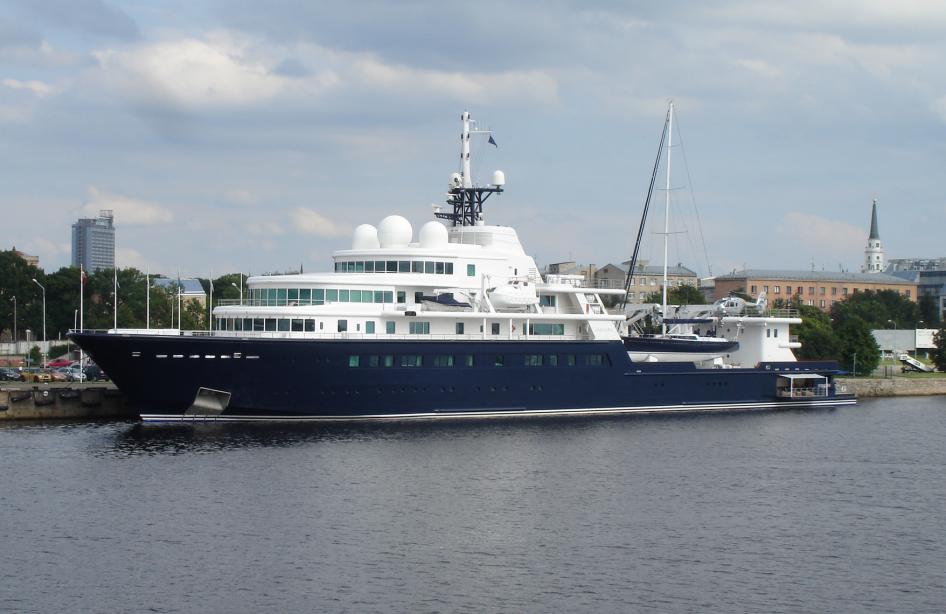
Refreshened through a €50 million refit that came following a change in ownership, Luna was delivered in 2010. Currently the 3rd largest explorer in the world, her open aft deck and swimming pool have set a standard for the yachting industry.

Built for Russian billionaire, Roman Abramovich, Luna was originally intended as a more sleek version of her owner's existing explorer, the 113-meter Le Grand Bleu. At the time of her launch, the swimming pool installed on Luna was the largest that anyone had ever seen onboard a superyacht.
Luna's current owner, which Forbes names as Farkhad Akhmedov, purchased the yacht from Abramovich in 2014. The man, valued at $1,3 billion by the magazine, later initiated a 14-month refit in Germany that gave the yacht a sleek exterior look and implemented several improvements on one of the world's most iconic yachts.

One of the largest jobs undertaken during the refit was the fairing of Luna's hull. Under Abramovich's ownership, the 115 meter had been left unfaired to reflect the strength and power of the yacht by making a show of her welds. Luna's new owner, however, faired the yacht in order to give it a sleeker look.
Nearly 80 painters and eight months were required to fill and fair the over 2,000 square meters of Luna's hull, whilst also applying a new finish to her superstructure. The result is a complete mirror finish, which perfectly reflects the sea as Luna sails on her world travels.

Luna's exterior refit was led by Newcruise, a German design studio that undertook the project as it's first major one with a motor yacht. Across all proposals that were reviewed during planning, the main idea was to create a very open deck. This led to the project team focusing on style rather than the toy storage one would find on other explorers.

In fact, the aft area of the main and lower deck was amongst the most affected by Luna's recent refit. One of the main attributes of the yacht, in addition to her main deck pool, is her extensive beach club area on the lower deck. Whilst two tender garages sit to port side, two foldable platforms open the beach club onto the sea on starboard.

The beach club is completed by a wave-shaped sauna, plunge pool, steam bath as well as a fully equipped gym. New equipment was installed during the refit including mirrored panels that let Luna's guests open the 12-meter foldable doors and getting a sea view without anyone seeing guests exercise from the outside.

A relatively rare feature onboard superyachts a decade ago, beach clubs have become a must have onboard new yachts of even a smaller scale. Popular options, both for charter guests and owners, include lounging areas, wet bars, saunas, hot tubs, plunge pools and gyms. All of which Luna was already built to accommodate.

Other improvements to the area during the refit include a new mosaic on the walls of the steam room, an updated audio visual system, a pantry area to facilitate service and a new arrangement of couches. Over 80 TVs are found onboard Luna, however, none of them were placed in the beach club for it to be a place to enjoy the sea.

Safe from the beach club, the remainder of Luna's lower deck is dedicated to crew and operations. In addition to the engine room and technical spaces, most crew accommodation can be found on the lower deck. Seven generators produce an output of 15,000hp that goes on to power electric motors. According to her manufacturers, it would be enough to power a town of up to 25,000 people.

Luna's original interior designer was Donald Starkey who joined the project when the yacht was already 70% built at Lloyd Werft. Modifications imposed by the designer included an increased headroom as well as a new dinning room, which wasn't on the initial layout. This was achieved by dividing the upper deck lounge into two by a fireplace that can be enjoyed from both sides of a newly installed wall.

Starkey's theme of light fabrics coupled with darker wood and light that filters from the 115 meter's large windows can be found throughout Luna. Modern oak was in fact used around the yacht and then aged to create the effect of 17th century antique beams.

One of Luna's highlights is, without a doubt, the private, forward-facing terrace that comes as part of the owner's private suite. With a glass panel located directly on top of the master bed, a private terrace in front lets Luna's owner explore the world with her.

Another newly improved area on the 115-meter explorer is Luna's observational lounge. Meant as an area where guests can socialise and take in the view, its panoramic view faces forward and is often found to be a guest favourite location when entering a new marina or anchorage spot.

Whereas the master suit benefits from one of yachting's best views, guests on Luna get to access one of its main locations much quicker from the main deck. Through a straight line corridor, guests can find their way to the pool in a matter of seconds without having to climb up flights of stairs.

Luna's swimming pool area also benefits from a new feature installed during her recent refit. A raised section, which can be covered by a massive tent or opened to the sun, was put in towards the aft of the deck. It features both a dinning table for casual, outdoor dinning, as well as coffee tables and a sofa.

From a technical standpoint, Luna is powered by a diesel electric set up that lets her be both more efficient and flexible when cruising. The explorer can in fact get up to a top speed of 21 knots and even nudge through shallow ice.

Photo by Ron Raffety
Located underneath Luna's master bedroom, her bridge sits forward of the explorer's upper deck. Allowing easy access to anchoring gear and crew areas, keeping all crew operations on the upper deck also frees up higher decks for the guests' relaxation.

One of the most well known figures in the yachting industry, Roman Abramovich currently sits as the world's 139th richest man according to Forbes, with a net worth of $10,3 billion. In the business community he's most well known as the owner of the Chelsea FC as well as for selling his stake in Sibneft to Gazprom.
In yachting, however, Abramovich is synonymous with his 162-meter Eclipse, formerly the largest yacht in the world. Whereas Eclipse was overshadowed by the 180-meter Azzam, the Russian billionaire's exploits in yachting remain on everyone's mind to this day.

Photo by Nicholas Canepa
Other than Eclipse and Luna, the 51 year-old has owned an unequaled fleet of yachts, which have included the 115-meter Pelorus, which he purchased in build from a Saudi businessman in 2003 before reselling it to Dreamworks co-founder, David Geffen in 2011.
Prior to Pelorus, Abramovich also had the 113-meter explorer/support yacht Le Grand Bleu. Carrying a plethora of toys, onboard Le Grand Bleu could be found a Dubois sailing yacht as well as a 21-meter Sunseeker. He later reportedly sold the yacht to Eugene Schvidler.

Born in Baku, Azerbaijan in 1955, Farkhad Akhmedov is the 67th richest man in Russia according to Forbes. After moving to London in 1986 and starting out in fur trading, he started his own company in 1987 to supply equipment to Russian gas companies. In 2012, he sold his stake in Russian gas company, Nortgas to Novatek.
Photos by Guillaume Plisson
